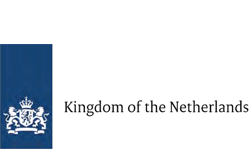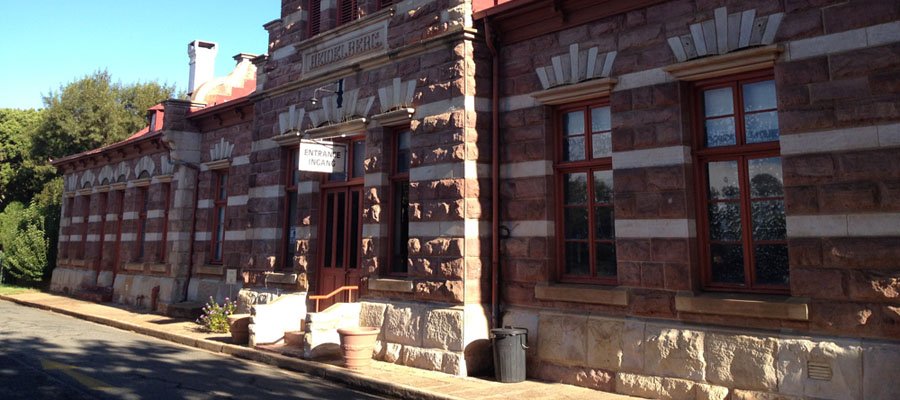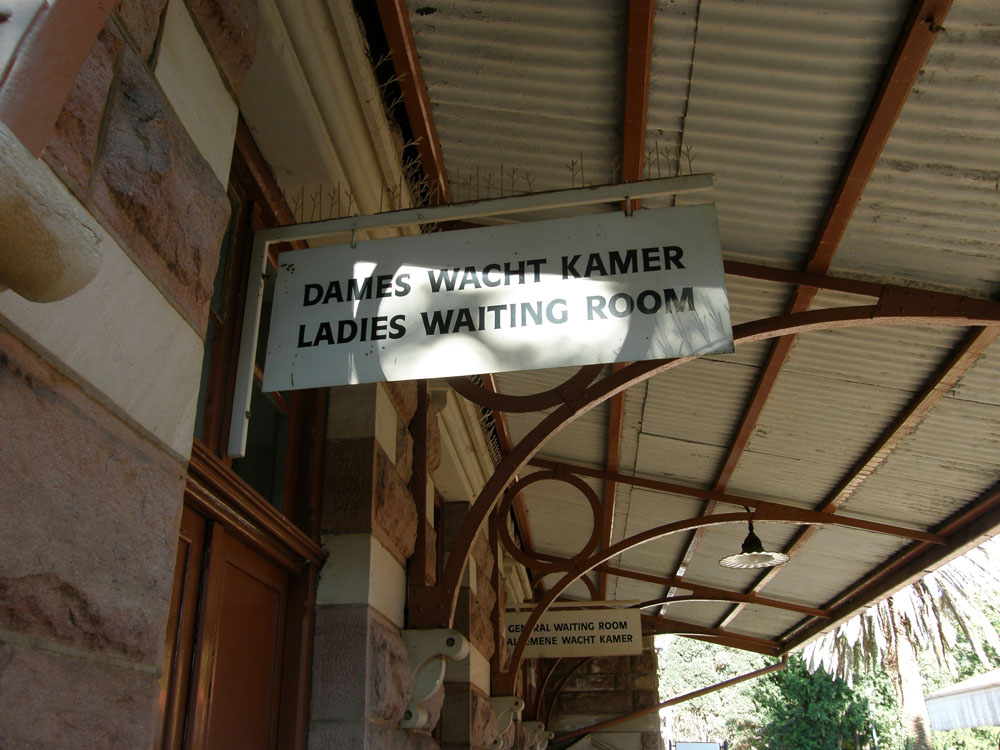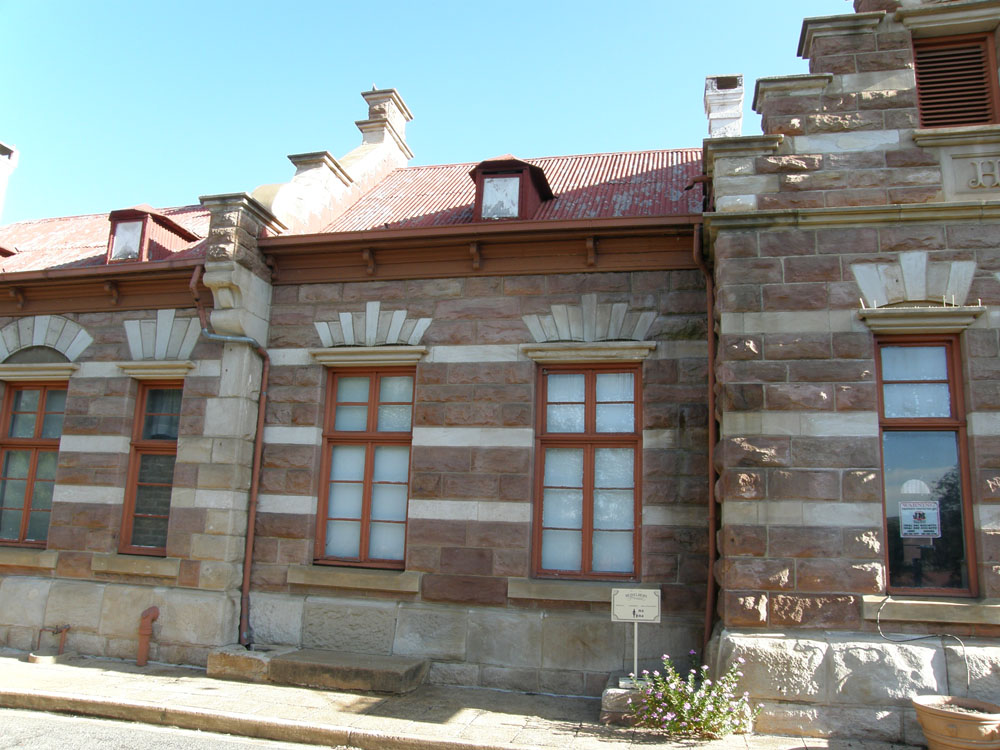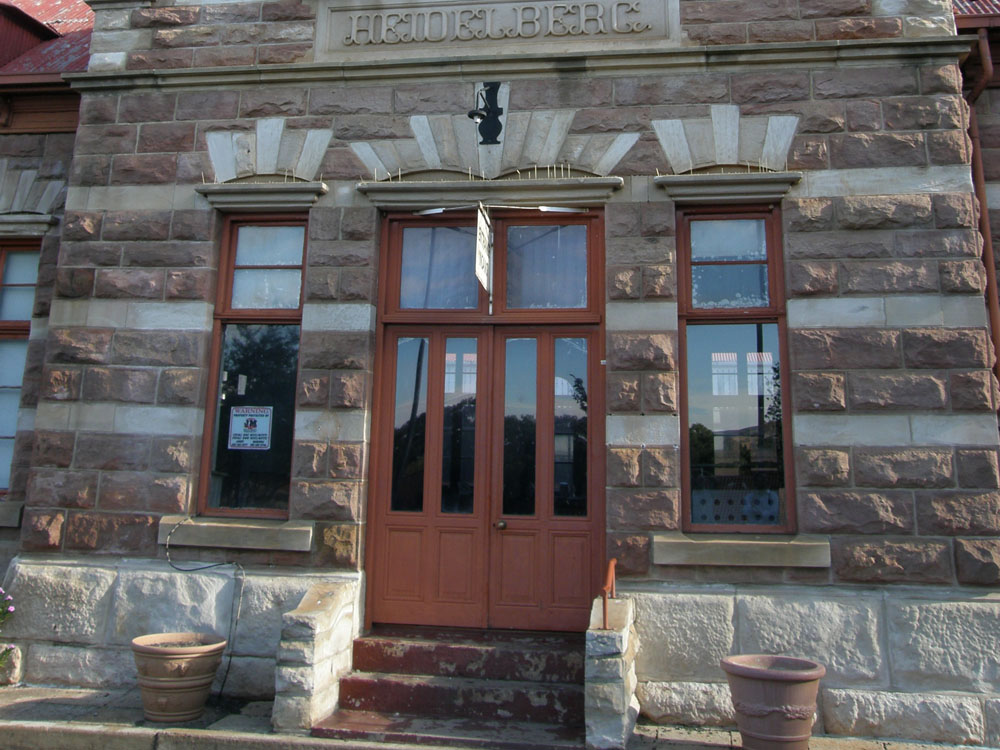NZASM Heidelberg Railway Station
Of the South-Eastern line stations and their buildings the ones at Heidelberg, Standerton and Volksrust were the largest and most elaborate. Heidelberg and Standerton were already towns of some importance when they were reached by the railway, and thus their station buildings were designed to be in keeping with their status and also as a demonstration of NZASM prestige.
Heidelberg was one of the oldest and foremost of the ZAR's towns, and therefore more than the usual care went into the design of its station building. Hence one of the gems of NZASM architecture is to be found there, comparable to the equally imposing main buildings at Middelburg, Krugersdorp and Klerksdorp Stations.
Originally Heidelberg Station was to be established much further away from the town. However, representations were made to the government by the townspeople to bring the line nearer to Heidelberg, and as a result a whole section had to be re-surveyed, causing the line to form a considerable 'detour' at the town. The new premises for the station were then established on higher ground to the east of the town.
The Heidelberg station building was designed by the NZASM's architect and head of the drawing-office, V van Lissa, and built by the contracting firm of DJ Mertens and the Schuitmaker Brothers. It is interesting to note that the well-known architect of the ZAR period, WJ de Zwaan, was involved in some way or another with the design of the Heidelberg station building, as his name appears in some of the documents dealing with the construction of the Aansluiting-Heidelberg buildings.
Like those at Middelburg and Klerksdorp, the NZASM station building at Heidelberg is an attractive sandstone structure with a lean-to platform canopy and two ornate stepped gables, facing the platform and the station square respectively. To a large extent the gable on the town side resembles the one at Middelburg, while in its interior layout the building is almost identical to the ones at Krugersdorp and Klerksdorp. It once contained toilets, waiting-rooms, an entrance hall with an office, a luggage-room and living-quarters for the station-master and his assistant. As at Krugersdorp this residential section is distinguished by a lower roof and a fire wall. An unusual feature of the building, found at no other NZASM station building, is a commemorative stone laid on 24 September 1894 by Section Engineer A Westenberg.
Due to the deviation of the line at Heidelberg, a new station became operational in 1961. The old NZASM building fell into disuse, since it bordered on part of the curved deviation section which was eliminated. In 1969 some restoration work was done through the efforts of the Simon van de Stel Foundation, and further restoration was undertaken by the Rembrandt Group which acquired the old station premises in 1973 for the purpose of a transport museum. The building was declared a National Monument in 1975 (now a Provincial Heritage Resource) but the Transport Museum was closed down in the 1990s and the building is in a state of neglect and steady decline
Architects:
NZASM: Nederlandsche Zuid-Afrikaansche Spoorweg-Maatschappij
Sources:
Artefacts (accessed 28 April 2016).


